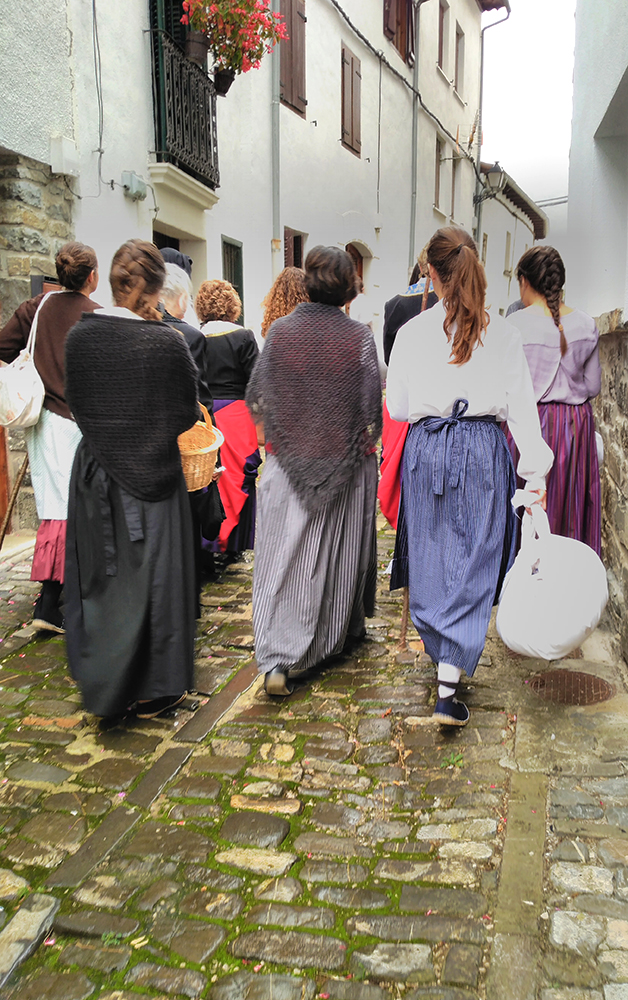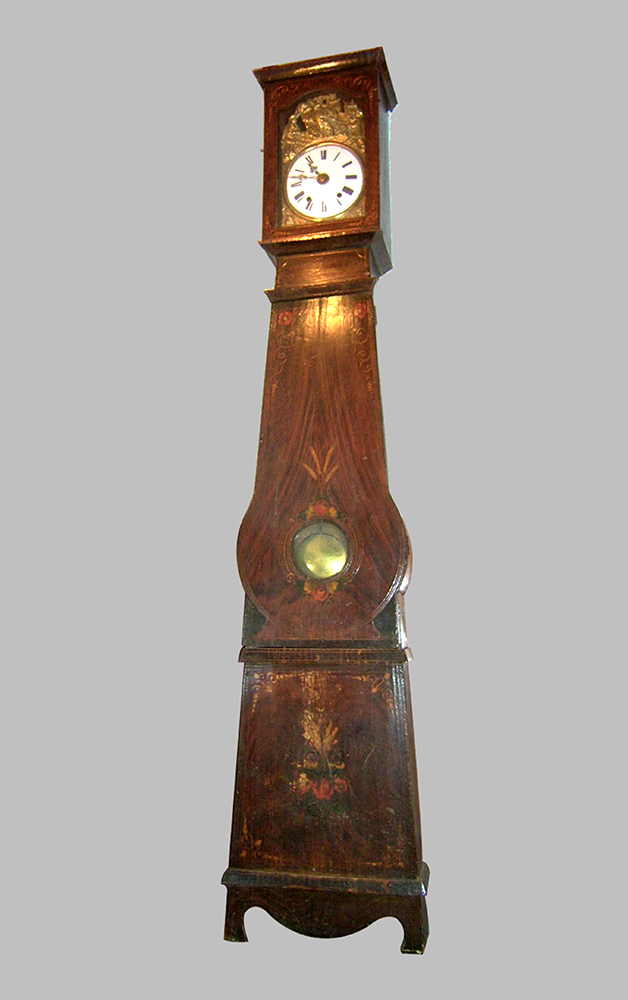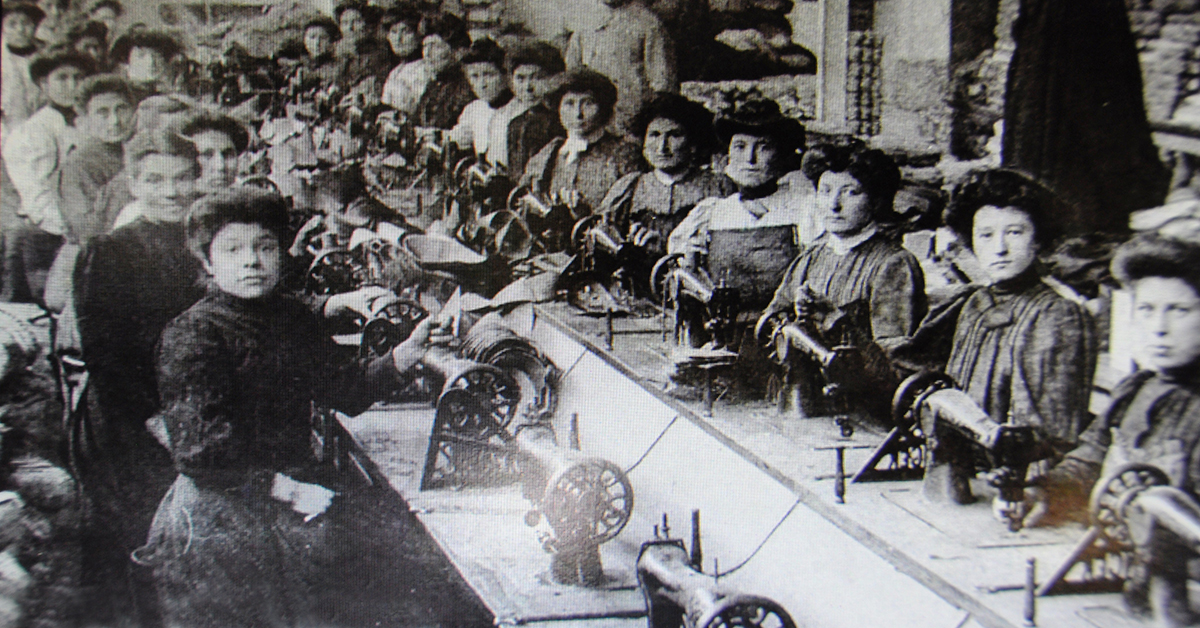Basque ethnography at a glance
Let us journey to Zuberoa, to Maule (Mauléon-Licharre) and its surroundings. Back in the years, 18th-century flax and hemp workers specialized in the manufacture of a very particular kind of footwear: espadrilles. And it would henceforth be espadrilles which put Maule on the map.
Due to a strong increase in demand by Basque migrants and northern French miners of once handcrafted espadrilles, the industry underwent a process of industrialization in the mid-19th century, recruitment of cross-border labour being necessary.

Fernando Hualde.
Female workers proved essential to the growth of the espadrille industry, and the great protagonists were young women from the valleys of Salazar, Roncal and Ansó, mostly, as well as other locations in the north of Aragón.
When autumn arrived, at the very beginning of October, hundreds of young girls and teenagers walked their way from their villages, with no more than a small bundle in one hand and a tiny wooden bench on the other. Come rain or cold, they travelled, all alone, along dangerous paths and ravines, across forests and rivers, up and down steep mountains, to the espadrille factories in Maule. Some of them would die of cold on the journey. That is the sad fact.
They would leave in autumn, come back in spring, dress in black…, hence being popularly known as ‘swallows’. They worked really hard from dawn till dusk and were paid for piecework: in other words, the more they worked, the more they earned.
But there was a drawback. They were not permitted to carry money across the border. Little tricks and manoeuvres aside, they were therefore forced to invest their winter salary in laces, embroideries, fans, gloves, umbrellas, fabrics…, which they carried home on their way back, on foot, of course.
Allow me to draw attention to one of the girls in memory of them all. Her name was Inocencia Anaut Esandi, native of Isaba, in the Navarrese valley of Roncal. She was my grandmother.

Fernando Hualde.
The winter of 1898-1899 was her last as a ‘swallow’. She worked as hard as she possibly could; she had plans to get married in April in Isaba, which meant that she had to return home on her own, earlier than her fellow espadrille weavers would. I do not know how many pairs of espadrilles she sewed, but what I do know is that with that winter’s salary she bought herself an antique free-standing clock for her house. With the clock dismantled and loaded on the back of a mount, she made her way up and down those mountains, back home to Isaba.
One hundred and twenty years later that watch, which was already very old when it was bought, is still at home telling the time. And furthermore, it reminds us that it is high time we recognized the work and effort of those generations of women, thanked them, told them that we regret so many decades of silence about that stage of their lives, told them that we are proud of them, that they are our inspiration, our identity, the mirror in which to look.
The watch is important for what it is worth today, for what it cost at the time, and most especially for what it symbolizes: namely, strength and courage.
Fernando Hualde – Ethnographer – Labrit Heritage
Translated by Jaione Bilbao – Ethnography Department – Labayru Fundazioa


